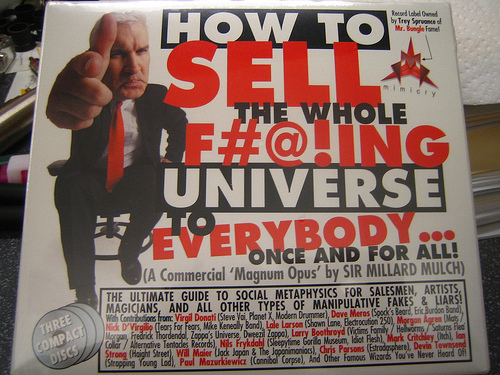I’ve written previously about some of the changes to payday loan practices in the UK. Maybe this is a harbinger of things to come in the USA?
Here’s the latest:
Payday loan sector members agree: Charter governing good practice but government regulation continues to loom in 2014
Businesses within the payday loan sector have taken many steps towards self-regulation since 2012, yet as continued government intervention in the industry looms, the topic of self regulation continues to be hotly debated.
Let’s focus on the self regulation charter agreed to by much of the UK payday loan sector in 2012. This will help us examine the impact this has had on the payday lending industry after 2012, so we can debate the issue. Here’s the key question: has the government has gone too far in the regulation of the payday loan industry? Maybe even better: is government intervention necessary?
A cynical take on the self regulation stance taken by the payday lending sector since 2012
A cynic might argue that as with any voluntary assumption of a self regulatory framework, the measures were designed to stave off government intervention in the regulation of the industry. It is just as easy to take the opposing stance and argue that self regulation creates enough protection for customers, thus dispensing with the need for further government regulation. However, whatever your stance on the self regulation assumed by much of the payday loan sector in 2012, there is no disputing that the self regulatory framework adopted has improved standards within the payday loan sector as a whole and made the experience of obtaining a payday loan a fairer, more transparent and easier process.
Self regulation within the payday lending sector: a new consumer – focused Charter
In 2012 much of the payday loan sector in England took significant steps towards agreeing a self regulatory framework. At the center of the framework was a consumer – focused charter which made voluntary commitments to fairness, transparency and responsible lending.
Specifically the Charter established commitments towards fairness, reasonableness and responsible lending that are agreed to by all governed by the Charter. The Charter specifically outlines a commitment not to encourage irresponsible borrowing, and imposes an obligation on lenders to inform customers of the suitability of payday lending, only for short- term lending requirements.
Other rights created by the Charter include a right to have payment arrangements explicitly explained and a right to have the implications of the loan fully explained before the loan is entered into. The Charter also provides customers protections in the form of notifications relating to any payments taken, and a notice period of three days is nominated as the minimum notice period required.
Other areas governed by the Charter include the freezing of charges and interest in circumstances where a consumer has agreed a reasonable repayment plan, and a commitment to deal with issues of financial difficulties sympathetically.
Your views
What are your views of the regulation of the payday loan industry? Have you used Wonga – the current top competitor in the payday industry? Do you have thought on where this industry is headed with the new regulations coming in or do you have you any experience of loan sharks? Please comment or reply so you can share you opinion on these hotly debated issues. Payday lending has been a controversial matter for some time, but given the recent regulatory changes affecting the industry the debates surrounding the regulation of the industry have intensified. Let us know what you think, and don’t be afraid to tell us what your view is!
Self regulation of the payday lending industry: is it enough and is it effective?
Clearly government intervention within the regulation of the payday lending industry in the form of the Financial Conduct Authority oversight policy shows that the government believes the industry should not be allowed to self – regulate. Perhaps, central to the new proposals for regulation of the industry is the rise in the number of people using payday lending services. In 2008 the payday lending industry in the UK alone was worth 900 million, and this has sky – rocketed to an estimated 2.2 billion in 2012.
Some may argue that too much regulation of any service industry is a bad thing and results in unfair outcomes for consumers, whose access to a full range of services is typically limited by strict regulation. People who can’t access services legitimately inevitably go looking for the same service elsewhere. Enter the illegal money – lender, and the pressure to resort to their services.
On the other hand it can be argued that the industry will contribute to debt problems and create other long term social problems, if left unfettered. Despite the commitments made across the board in the payday lending sector, many commentators argue that the measures have not been effective in tackling spiralling debt within the UK as a whole.







